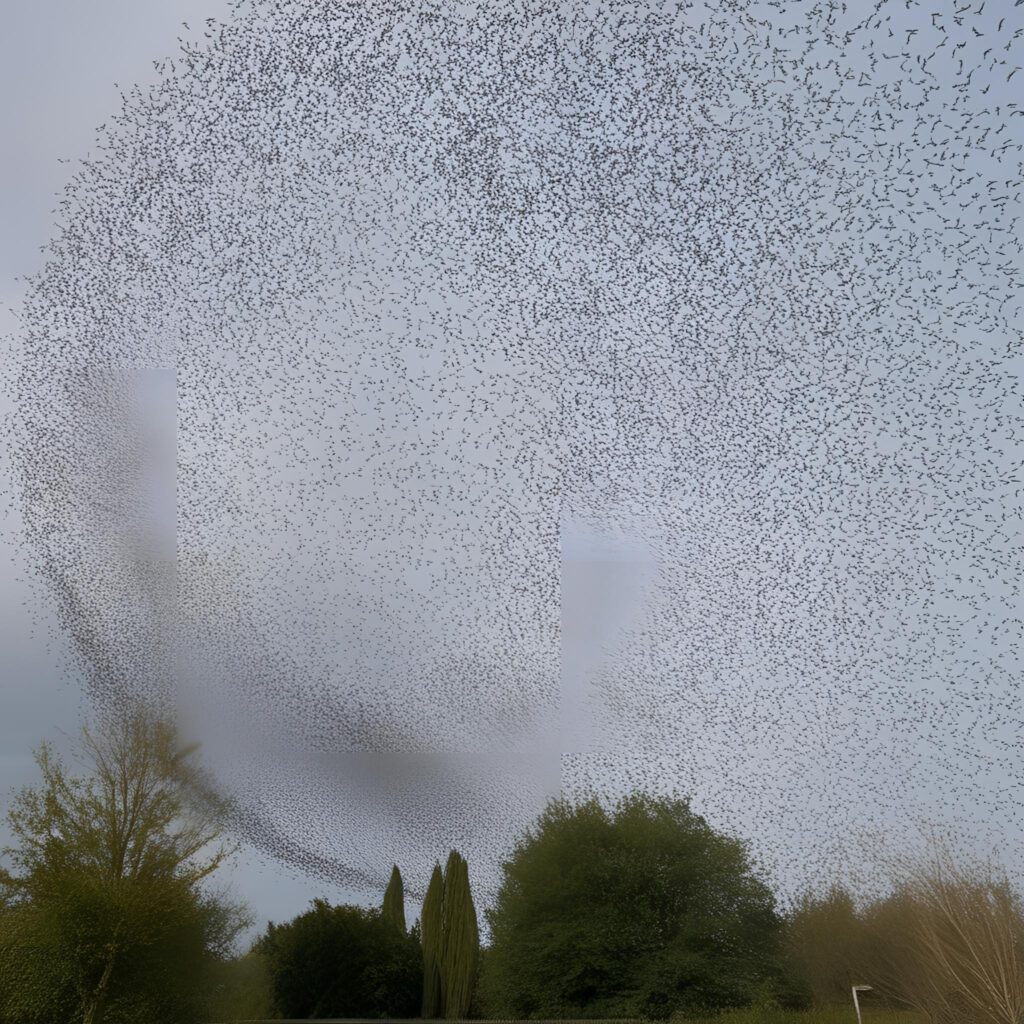Regenopolis work is grounded in a number of economic, social and environmental theories that together frame our approach to projects.
- Theory U
Change doesn’t start with action—it starts with awareness. Developed by Otto Scharmer at MIT, Theory U is a journey of transformation that moves from ego-system to eco-system thinking. It offers a roadmap to shift collective behavior by sensing, presencing, and co-creating from the future that wants to emerge.
- Doughnut economics
What if the goal of economics was to thrive, not just grow? Kate Raworth’s Doughnut puts planetary boundaries and social foundations at the heart of economic design, redefining prosperity for the 21st century. Think of it as a compass for a just and safe future for all.
- Planetary boundaries
We live on a planet with limits—and exceeding them risks destabilizing Earth’s life-support systems. The Planetary Boundaries framework, developed by the Stockholm Resilience Centre, defines nine ecological thresholds we must respect to maintain a safe operating space for humanity.
- Regenerative frameworks
Regeneration is not just about sustainability—it’s about enhancing the potential of life itself. The Regenesis Institute offers a deep systems-based approach to regeneration, integrating place, people, and purpose. It’s about working with the unique essence of a place to catalyze whole-systems vitality.
- Living systems
Nature doesn’t operate in silos, neither should we. Living systems thinking invites us to see the world as dynamic, interconnected, and evolving. It’s a lens that reveals patterns, relationships, and flows – helping us design with life, not against it.
Learn the principles
- Place-rooted regeneration and bioregional weaving centers
True transformation grows from the ground up. Place-rooted regeneration recognizes that each landscape, each community, each city, holds unique environmental, cultural, economic and spiritual wisdom. Each region is so unique that the concept of transfer of technology is irrelevant. What is relevant is the transfer of capacity to develop technology and institutions that are consistent with the cultural and resource endowment of each region. Until that is done, no sustained solutions can be attained.
Read more through Regenerative Communities Network (Capital Institute)
Read about Bioregional Weavaing Labs (Ashoka, Commonland), – a geographically grounded multi-stakeholder partnership process that weaves together people and solutions, equipping and helping them to organize for transformative systems change.
Read more:
- Regenerative travel
Future of Travel and Tourism: Embracing Sustainable and Inclusive Growth (WEF, January 2025)
Travel and Tourism at a Turning Point: Principles for Transformative Growth (WEF, July 2025)
- Regenerative cities
BiodiverCities by 2030: Transforming Cities’ Relationship With Nature (WEF, January 2022)
Nature Positive: Guidelines for the Transition in Cities (WEF, May 2024)
- Regenerative ecosystems
- Systems change
